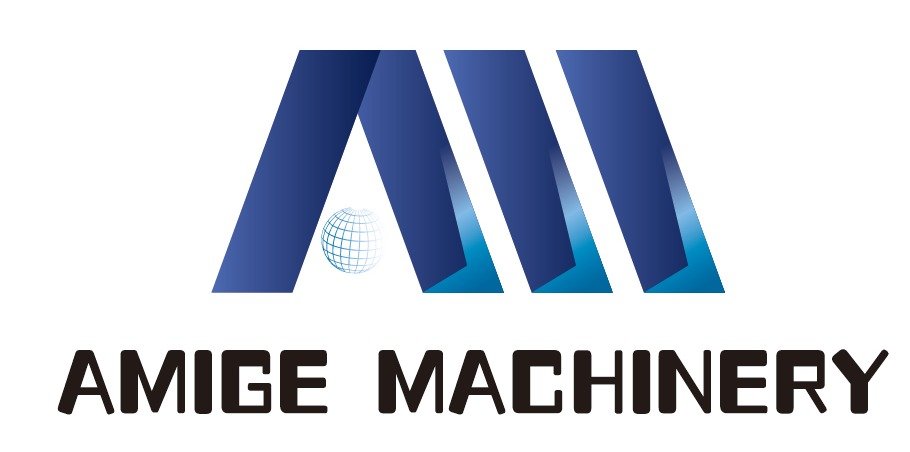Plastic is everywhere—from chai cups on Mumbai streets to single-use sachets in the Himalayan foothills. It’s cheap, convenient, and absolutely relentless. In India, this convenience has snowballed into a plastic pollution crisis. Landfills are overflowing. Rivers are choking. Livelihoods and lives are being impacted. Sound familiar? Yep, it’s a global story—but with local twists and unique challenges.
India’s plastic pollution is escalating due to rapid urbanization, poor waste segregation, and widespread single-use plastics. The Indian government and private sector are now implementing bans, recycling reforms, and awareness campaigns to control the problem—but execution remains inconsistent across states.
Grab your chai, folks—this one’s a whirlwind. I’ll walk you through what’s going on, what’s working, and where there’s still a massive gap to fill.
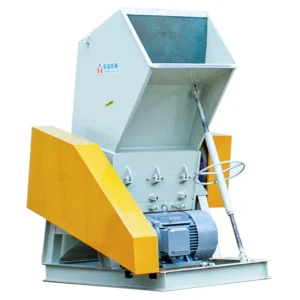
How serious is India’s plastic pollution problem?
Brace yourself.
India generates over 3.5 million tonnes of plastic waste annually. That’s roughly 9,500 tonnes per day. And out of that, only about 60% gets recycled—most of it in the informal sector.
The rest? It ends up in:
-
Open dumps
-
Rivers and lakes
-
Gutters
-
Burn pits
And here’s the kicker—India ranks among the top global contributors to ocean plastic leakage . That’s not the kind of Top 10 anyone wants to be in.
Single-use plastics like cutlery, bags, wrappers, and multilayered packaging make up the bulk of this mess. Especially in urban and peri-urban zones where waste segregation is non-existent.
Why is India struggling with plastic management?
Three words: infrastructure, enforcement, and behavior.
First, there’s the lack of organized waste collection and recycling systems. Many municipalities still rely on manual waste pickers. And trust me, even the most dedicated workers can’t sift through tons of mixed garbage every day.
Second, laws exist—but they’re poorly enforced. India introduced a Plastic Waste Management Rules framework in 2016, later amended in 2022. It includes:
-
Extended Producer Responsibility (EPR)
-
Ban on certain single-use plastics
-
Mandates for recycling targets
But some states implement it religiously. Others? Not so much.
Third, public habits are hard to break. When the local snack still comes wrapped in ten layers of plastic, and there’s no bin in sight, littering becomes the default.
What steps is the Indian government taking?
Let’s give credit where it’s due.
India has launched several ambitious initiatives to tackle plastic waste:
-
Single-Use Plastic Ban – Nationwide ban on selected single-use plastic items from July 2022 onward.
-
EPR Compliance – Producers, importers, and brand owners (PIBOs) must meet recycling and reuse obligations.
-
Swachh Bharat Abhiyan (Clean India Mission) – Though primarily focused on sanitation, it indirectly promotes better waste practices.
-
Plastic Parks Scheme – Industrial clusters focused on recycling and processing of plastic waste.
But—because there’s always a “but”—enforcement remains spotty. Plastic bags still sneak into markets. Small retailers still use banned packaging. Compliance, especially among micro-enterprises, is a constant challenge.
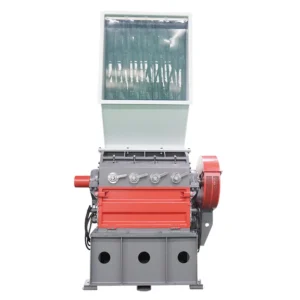
How is the private sector helping the situation?
This is where things get interesting.
Companies like Coca-Cola India, Unilever, and Dabur are investing in plastic take-back programs and circular economy models.
Startups like Banyan Nation and Lucro Plastecycle are using tech to sort, clean, and recycle post-consumer plastics into high-grade material for reuse.
Meanwhile, local recycling firms are teaming up with municipalities to set up Material Recovery Facilities (MRFs)—dedicated centers that clean and sort plastics for regeneration.
At Amige, we’ve supported two such facilities by providing high-throughput plastic shredding machines designed to handle multilayer film and rigid plastic mixes. The feedback? Fewer breakdowns, faster output, happier waste workers.
How effective is the single-use plastic ban?
Let me be honest—it’s a mixed bag. Pun intended.
The ban on items like earbuds, straws, and plastic cutlery was well-intentioned. But enforcement has varied wildly across states. In Kerala or Sikkim, officials conduct regular raids. In other areas? It’s more of a suggestion than a rule.
One of our partners in Pune told me, “We stop selling plastic forks, and the shop next door doubles theirs.” That’s the problem.
Still, the ban has spurred innovation. We’re seeing compostable alternatives, reusable packaging startups, and lots of jute bags. India’s entrepreneurial spirit hasn’t skipped a beat.
But here’s the kicker—banning low-hanging fruit isn’t enough. The real issue lies in multilayer packaging, sachets, and thin film. And those haven’t been fully addressed yet.
What role does plastic crushing and recycling play?
A huge one—and you know I’d say that.
Crushing is the gateway to recycling. In India, where plastic comes in every shape, size, and state of dirtiness, you need robust crushing systems to make recycling feasible.
We’ve deployed Amige machines in Chennai, Hyderabad, and Surat—machines that can:
-
Handle high moisture content
-
Shred everything from LDPE film to HDPE drums
-
Work in humid, dusty environments without choking
Once plastic is crushed into flakes, it’s ready for washing, drying, and pelletizing. That’s the starting point for everything from new bottles to plastic benches.
A study on recycling throughput in Maharashtra found that mechanized crushing improved productivity by 42%.
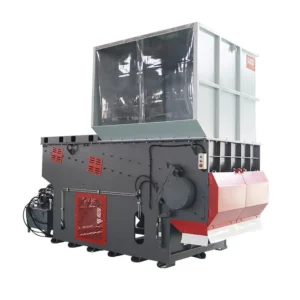
What are India’s unique challenges in scaling recycling?
Here are a few I’ve observed firsthand:
-
Informal sector dependency – India’s recycling backbone is built on waste pickers. They’re essential, but often lack support, safety gear, or formal training.
-
Lack of standardization – No uniform sorting, pricing, or bale specs across states.
-
Contamination – Mixed waste is a nightmare for machinery.
-
Limited end-use markets – Even when pellets are ready, finding reliable buyers can be tricky.
That said, it’s not all doom and gloom. We’re seeing cooperatives form. NGOs offer training. And tech platforms now link waste generators directly to recyclers.
Progress? Slow. But steady.
What’s working particularly well in India?
Let me highlight a few wins:
-
Sikkim and Himachal Pradesh have excellent plastic bans and awareness levels.
-
Hyderabad’s decentralized plastic collection hubs are a model for other cities.
-
Reverse vending machines are popping up in malls and stations.
-
Digital traceability platforms like Recykal are improving EPR compliance.
-
And good ol’ street art campaigns are reminding people that “Plastic is not fantastic.”
Also, a personal favorite—plastic-to-fuel pyrolysis units in Gujarat. We’ve been working with one group to crush and feed multilayer film into their pyrolysis chambers. It’s wild science—and surprisingly effective.
How can India accelerate its fight against plastic pollution?
Here’s my wishlist (Santa, if you’re reading):
-
Invest in modern recycling tech—especially smart crushers and washing lines.
-
Formalize the informal—bring waste pickers into the system with training, tools, and dignity.
-
Boost EPR enforcement—make brands take real ownership of their waste.
-
Promote design for recyclability—if you can’t recycle it, don’t use it.
-
Create regional plastic recycling clusters—to cut transport costs and boost efficiency.
India has the talent. The energy. The need. Now it just needs a roadmap that’s more “act now” and less “file later.”
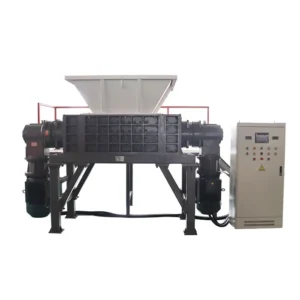
Conclusion
India’s plastic pollution crisis is real—but not irreversible. With smarter machines, tighter policies, and people power, a cleaner, circular plastic economy is absolutely within reach. And we at Amige are proud to be part of that journey—one crushed bottle at a time.
